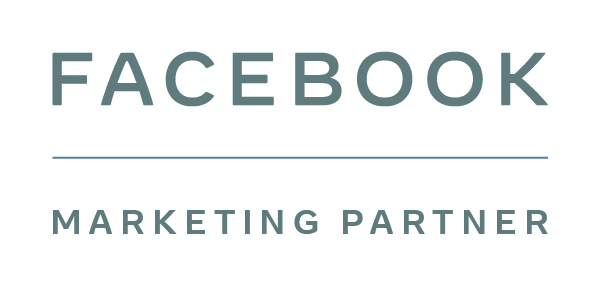Magento is packed full of powerful tools to help ecommerce companies. From speeding up admin to making design a breeze, the innovative platform has something to optimise every area of online retail. And one of the most useful tools for marketing and sales in Customer Segmentation. But what exactly is it? And how can you use it to boost your ecommerce business?
Read on as we take a closer look at Magento Customer Segmentation.
A new approach to marketing
As the name suggests, Magento Customer Segmentation allows companies to segment visitors to their website. Why? It allows them to create tailored marketing campaigns for each type of audience. According to a MailChimp survey, this results in over 100% more clicks and nearly 15% more link opens for email marketing campaigns.
Different segmentation types
Using the Segmentation tool, you can split customers based on three broad criteria groups:
1. Demographics
This includes anything based on a customer’s personal information. Their age, location and gender, for instance. It’s arguably the most basic form of segmentation, as it is vulnerable to high variation between members of the same demographic. Not all 18-24-year olds are the same, for instance.
2. Psychographics
More useful is psychographic segmentation, which splits customers based on their activities, lifestyle choices and interests. A commonly used example is environmental awareness. Some companies want to promote their green practices, but don’t want to send irrelevant content to people who simply don’t care. Segmentation allows them to do exactly that.
3. Behaviour
How better to segment visitors than their shopping behaviour? Behaviouristic factors let you group customers by loyalty, past purchases and seasonal buying, for example.
How it works
Customer segments are easily created on Magento, by adding a name, description, selected website and status, before adding conditions to segment visitors. Marketing aside, it acts as a useful way to gain information about your visitors and customers as it displays how many visitors match your criteria. Which types of customer spend the most? Do you get more visitors from a certain location? Are your visitors a certain age?
Then comes the real power of customer segmentation. You can tailor the content displayed to different customer segments. As mentioned, it’s an effective method for email marketing. So, you can promote different products or services based on different types of customer.
Do you have a set of customers making small repeat purchases? Entice them in with free delivery or show off your best bargains each month. How about customers who have a pattern of purchasing the big brands? Tailor your emails to include only your best products.
However, segmentation can also be used on your website itself:
-
Banners
Segment-specific banners can be created to give a personalised shopping experience to customers. So, rather than a generic “Welcome to the store”, you could tailor it based on a visitor’s stage in the customer lifecycle. “Welcome back to the store” for repeat customers, for instance.
-
Pricing
Price rules are another option with segments. Businesses can add price rules for specific visitor segments. So, if you want to encourage larger orders, you can add a discount when an order value is met.
Need help with your ecommerce site?
If you want to keep up with the latest ecommerce trends, it helps to have the experts on your side.
Fluid Digital are Magento specialists with an impressive portfolio of unique websites, tailored to each of our clients. With our help, your business can stay ahead of the curve in ecommerce and stand out from the competition. Contact us today to talk about your ecommerce site and how we can assist you.





